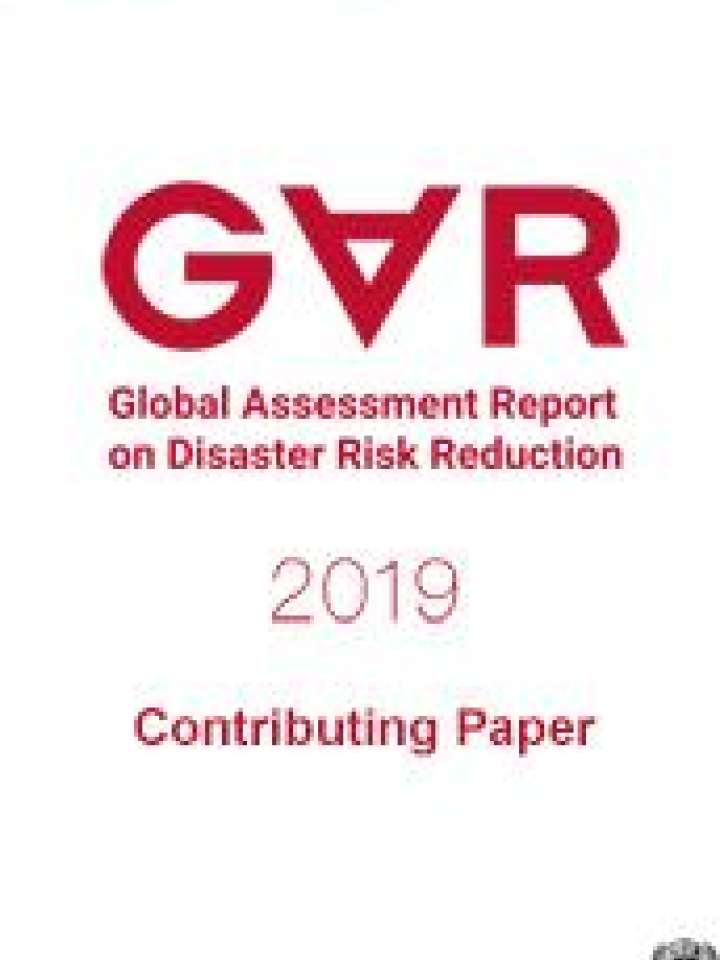The progress of local governments in making cities resilient: State of play
In general, local communities are considered as one of the key stakeholders in building urban resilience, as they are the primary victims and the first to respond to disasters. In order to examine the progress of the local governments, how they can be empowered, and reformed, a range of institutions, including government agencies, non-governmental agencies, UN, and research centres, have developed tools. In relation to this, UNDRR launched the ‘Making Cities Resilient’ (MCR) campaign in 2010. The campaign was intended to convince city leaders and local governments to work along with local activists, grassroots networks, and national authorities. The campaign developed ten essentials based on the Hyogo Framework for Action for the local level. These ten essentials were further modified following the Third UN World Conference on Disaster Risk Reduction, held from 14th to 18th March 2015 in Sendai, Japan. The Ten Essentials for Making Cities Resilient which provide the basic building blocks for understanding disaster resilience at the local level were modified and aligned to the guidance provided by the Sendai Framework for Disaster Risk Reduction monitoring, global targets, and the overall Sendai monitoring framework. Based on these ten essentials, the preliminary and detailed Disaster Resilience Scorecard for cities was developed by UNDRR. This paper is an attempt to report the outcomes of the preliminary scorecard results.
This paper is a contribution to the 2019 edition of the Global Assessment Report on Disaster Risk Reduction (GAR 2019).
To cite this paper:
Amaratunga, D. et al. The progress of local governments in making cities resilient: state of play. Contributing Paper to GAR 2019
